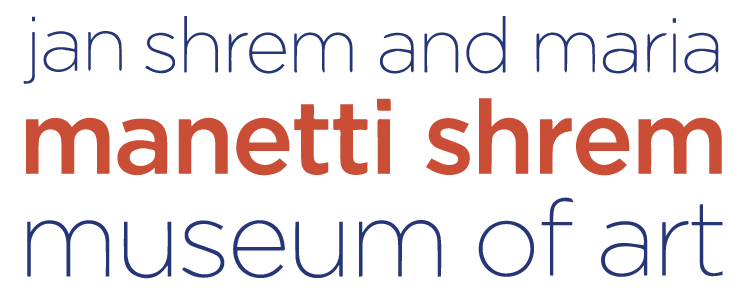
CCTV, 2011
Surveillance Tactics
Mikhael Subotzky’s CCTV displays police footage of individuals in Johannesburg, South Africa, caught engaging in illegal activities ranging from theft to assault. The 12 scenes each include the moment the suspects are arrested — at which point they are required to look into a closed-circuit television camera to identify themselves with their crime. The footage, acquired from the Johannesburg police, is unaltered; the artist’s only intervention was to arrange it so that each suspect looks into the camera at the same time. By turning the subjects’ gazes back on the viewer, Subotzky underscores the way that surveillance practices are used for social control and how these tactics are normalized. The focus on the moment the people realize they have been caught, rather than on the crime itself, implicates the viewer in this feedback loop.
How do you deal with the history of these tropes in a way that can both destroy them and reveal what is insidiously hiding behind them? For me, filmmaking is something that different works can rotate around to engage things on multiple fronts.”
–Mikhael Subotzky, ELEPHANT magazine interview with Zoé Whitley, 2019
Learn more about video surveillance or CCTV
No humans have ever been watched like we have. No humans have been visually documented so constantly, so pervasively, and by so many eyes. Never has so much of that observation been passive, conducted by devices, already operating, for whom we happen to be in view. Depending on where you find yourself, some of these devices will be operated by the police — the Traffic and Environmental Zone around the City of London, or New York's Domain Awareness System of 15,000+ cameras across the boroughs — and many more will be operated by private businesses and individuals: retail CCTV, cameras mounted at gas station pumps and overlooking parking lots, behind the one-way mirror at every ATM, at the grocery store self-checkout, and overlooking the sidewalks and streets in front of countless homes with Amazon Ring doorbells and Nest cameras. Other cameras are mobile, from low-altitude Wescam flights scanning for traffic accidents and disruptions to the in-car dash cams that record them firsthand for insurance purposes.
There are two important things to understand about this landscape of surveillance, as it oozes outward, gradually extending its filaments from high-security enclaves to every corner of modern life.
The first is that it is prospective. One way to distinguish this landscape from that of incarcerated prisoners and quarantined populations during outbreaks — the communities on whom "panopticism" was first tested — is that CCTV surveillance is intended for future review, after something has happened. It is for insurance purposes, for after-action police analysis, to roll back and see who walked across the lawn. It is an evidence-producing deterrent (a very ineffective one). This gives CCTV its license for continuous coverage, and its deeply sinister passivity: It watches everyone, waiting for a crisis that hasn't happened yet, which it will helplessly document.
The second is that it is data. CCTV is now a digital medium, not the analog visual system it was when it began. Data travels better than analog ever could. Being digital, it can be compressed, stored and transmitted so cheaply there is no reason not to keep it around forever. As it is uploaded it can be analyzed using algorithms for faces, license plates, clothing, even gaits and expressions and behaviors. These in turn trigger alerts and footage extraction, stitching together a mosaic of past recordings into the documentation of a person or an event. After a protest, hundreds of passive sources can be assembled into an active and powerful whole.
Now combine these two together. You are not "under surveillance," and neither is anyone else; instead we all always have been surveilled whenever it becomes useful for a powerful institution to build a body of evidentiary footage on us. No one is watching you through the Amazon Ring — don't be paranoid — until law enforcement needs to pull data from the Ring registry and then you have been watched from every suburban porch door.
This is part of what makes Subotzky's CCTV so powerful. Along with everything else we experience — the nothing happening, the ordinary crimes, the shocking attacks — we see something now extraordinary: The moment of human recognition of the always-watching camera, which is being seen by other humans. They look into the lens at whoever will be watching them in the future: They look at us.
–Professor Finn Brunton, Department of Science and Technology Studies and Department of Cinema and Digital Media
Recommended readings
Michel Foucault, "Panopticism," Discipline & Punish: The Birth of the Prison," 1975.
Dan Calacci, Dan, Jeffrey Shen, and Alex Pentland. "The Cop in Your Neighbor’s Doorbell: Amazon Ring and the Spread of Participatory Mass Surveillance,” CSCW 2022 (preprint).
Michael Kwet, "The Microsoft Police State: Mass Surveillance, Facial Recognition, and the Azure Cloud,” The Intercept, 2020.
For further reading
Andrew Ferguson, The Rise of Big Data Policing: Surveillance, Race, and the Future of Law Enforcement, 2019.
